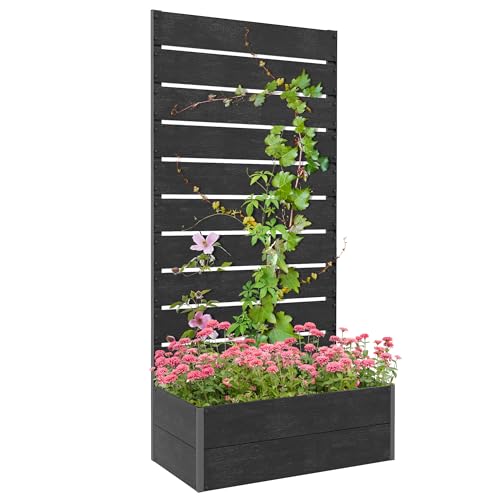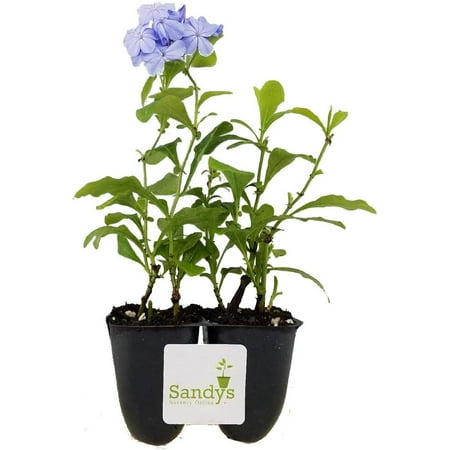Climbing plants that thrive on neglect – 5 low-effort, vibrant vines for time-short gardeners
These low-maintenance climbing plants can grow just fine with minimal attention

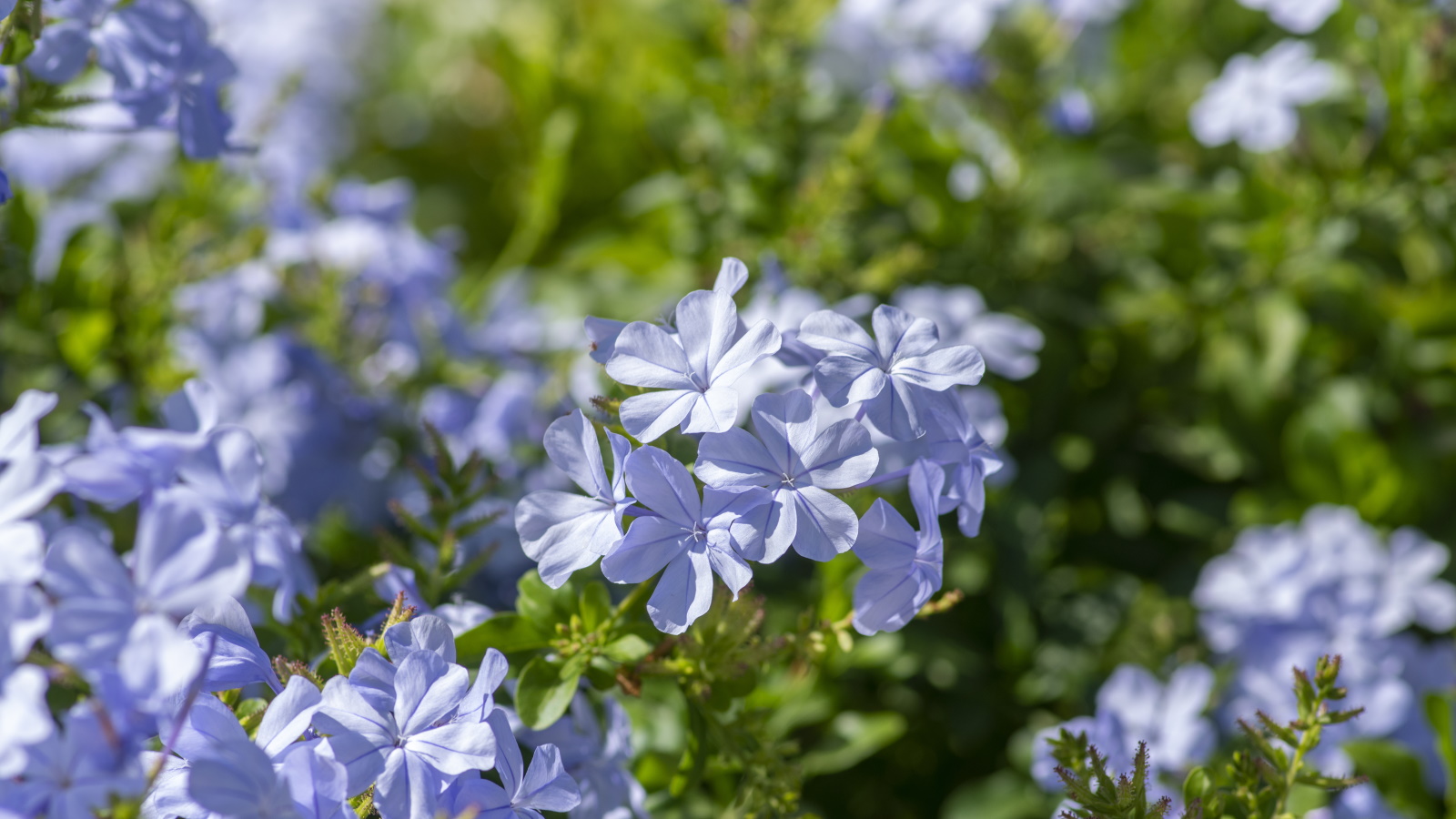
Whether you have a large yard or a compact urban space, covering walls and fences with planting will always make an impact. From evergreen ivy to fragrant climbing roses, a living backdrop brings structure, privacy and a sense of enclosure to any yard.
The good news is that there are many climbing plants that thrive on neglect, requiring little effort or attention. These easy-care species and varieties are ideal for gardeners who want to transform their patio or balcony but are short on time.
So, if you are looking for some of the best fast-growing climbing plants that require minimal effort, these five options should be at the top of your wish list. From colorful plumbago to hardy honeysuckle, these vines are low-maintenance but high-impact, perfect for both beginner gardeners and seasoned expert horticulturalists looking for fuss-free vertical planting this year.
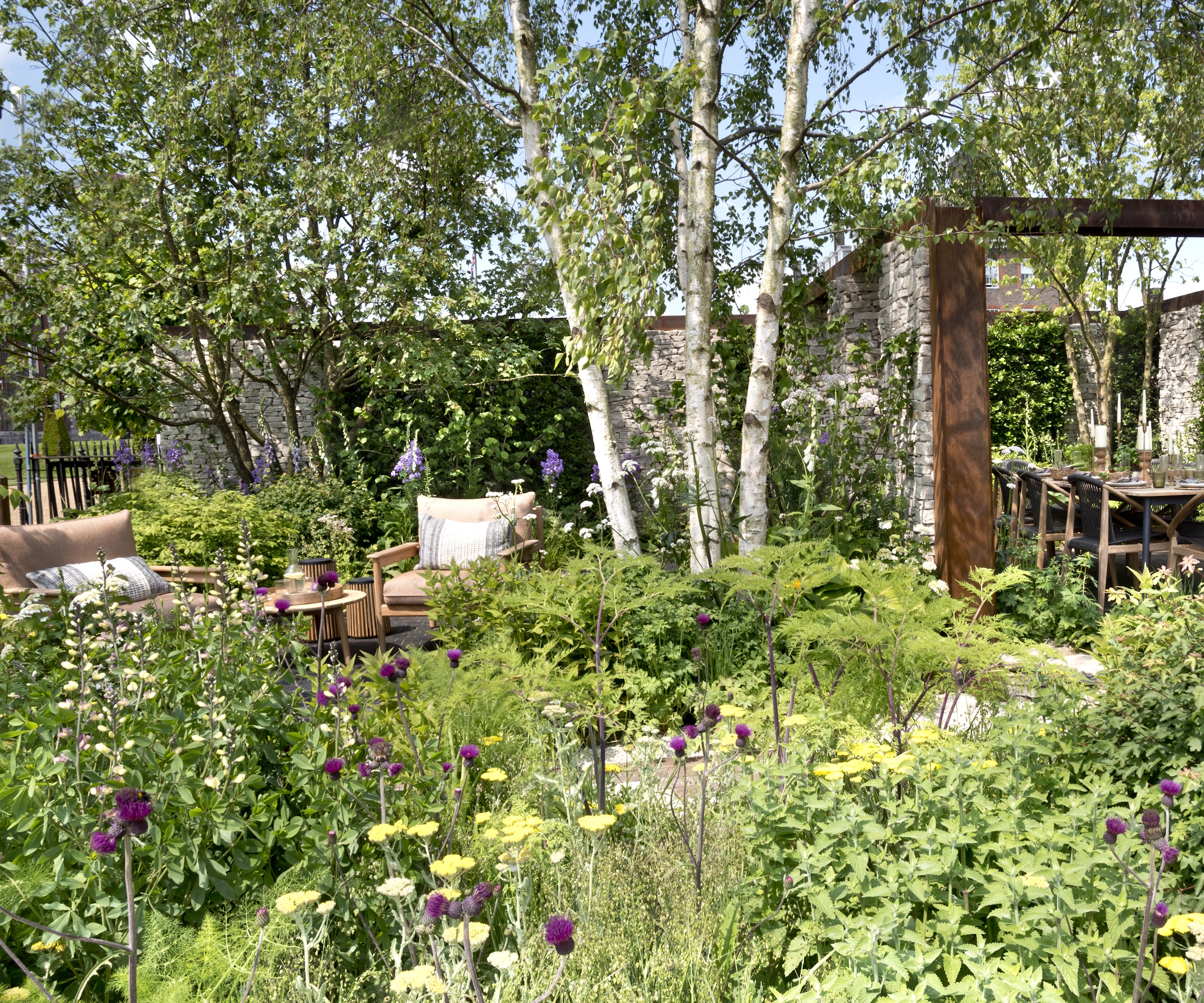
5 climbing plants that thrive on neglect
The following five options are some of the easiest climbers to grow. Whether you are looking for annual pot plants or evergreens to fill a large wall for years to come, these fool-proof vines will get the job done. Just be sure to give them a good watering after planting, for the best chance of success.
1. Honeysuckle
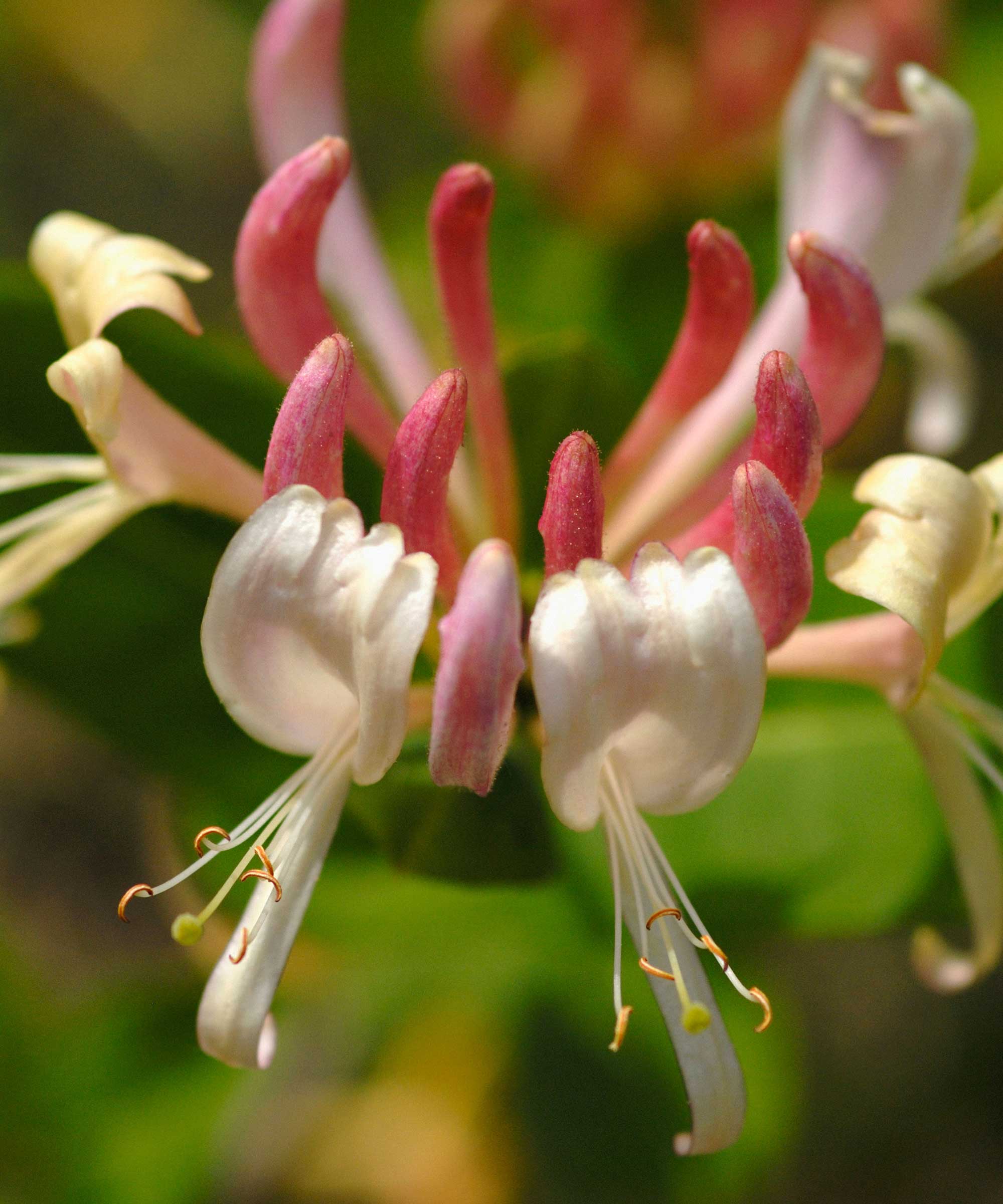
Perhaps one of the most popular flowering climbers, honeysuckle can be grown in almost any plot. Fragrant and fast-growing, they can ramble and vine with little maintenance required.
'When choosing the best honeysuckles for your yard, avoid introducing invasive climbers,' says Reese Robbins, garden expert and creator of Just Pure Gardening.
'While they smell amazing, Japanese honeysuckle - or Lonicera japonica - will grow like crazy,' Reese adds, 'choking out other plants and climbing over everything.'
Design expertise in your inbox – from inspiring decorating ideas and beautiful celebrity homes to practical gardening advice and shopping round-ups.
Instead, when learning how to grow honeysuckle in pots or borders, opt for a native variety, like Lonicera sempervirens, otherwise known as the coral or trumpet honeysuckle.
Lonicera sempervirens is fully hardy and can be grown as far north as US hardiness zone 4. It prefers full sun or part shade, and can be planted in a range of terrains, including poor soils.
Live coral honeysuckle starter plants are available from Walmart, and are sure to prove popular with hummingbirds in your yard this year.

Reese L. Robbins is the founder of Just Pure Gardening, a site full of fruit and vegetable growing guides, garden ideas, and garden product reviews.
2. Virginia creeper

Native to North America, Virginia creeper is one of the easiest vines to grow. 'Be warned, however, that once you have it, Virginia creeper will be quite difficult to get rid of,' says Bert Bast, garden expert and owner of Bast Brothers Garden Center.
'In terms of how to grow Virginia creeper, it is one of the easiest perennials, largely due to how hardy it is, thriving from US hardiness zones 3 to 10,' Bert adds.
'Virginia creeper, or Parthenocissus quinquefolia, can grow in nearly any soil condition and requires very little care. There is very little you can do to harm this plant, and once established, it shouldn’t need any additional watering or attention.'
Live Virginia creeper vines are available from Amazon.
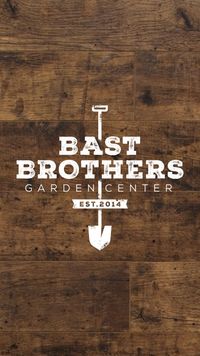
Bert Bast is a garden expert and owner of Bast Brothers Garden Centre. Established in 2014 and nestled in the heart of Mullica Hill, NJ, Bast Brothers Garden Center is a destination for all things garden.
3. Plumbago

'Native to South Africa, plumbago thrives in sunny and warm southern regions, including US hardiness zone 9 to zone 11,' says Tricia Hunt, plant expert and owner of Millstone Nursery.
While it can be grown in cooler zones, this easy-to-grow climber should be considered as an annual, as it will not survive the winter months unless protected.
'In warmer zones, the blue-flowered plumbago can be grown either as a vine or as a shrub in garden borders,' adds Tricia, 'and does not need much attention, other than some tying in with twine.' Garden twine is available from Amazon.
'Just be sure to provide as much sunshine as possible. While it does tolerate light shade, plumbago tends not to bloom as well in darker corners, but its attractive foliage will still add greenery.'
Live plumbago starter plants are available to order from Walmart.
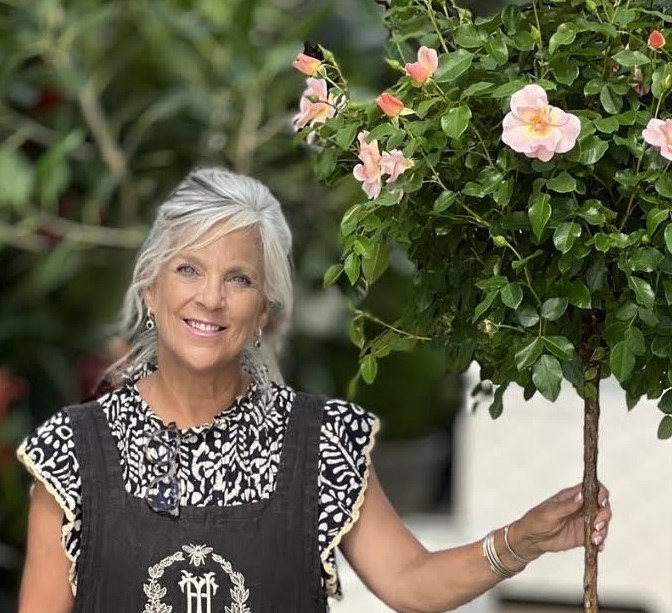
Tricia is the owner and operator of Millstone Market & Nursery, located in the heart of Germantown, Tennessee. Her sweet, Southern-instilled attention to customer service has grown her one-of-a-kind garden center into a destination.
4. Nasturtium
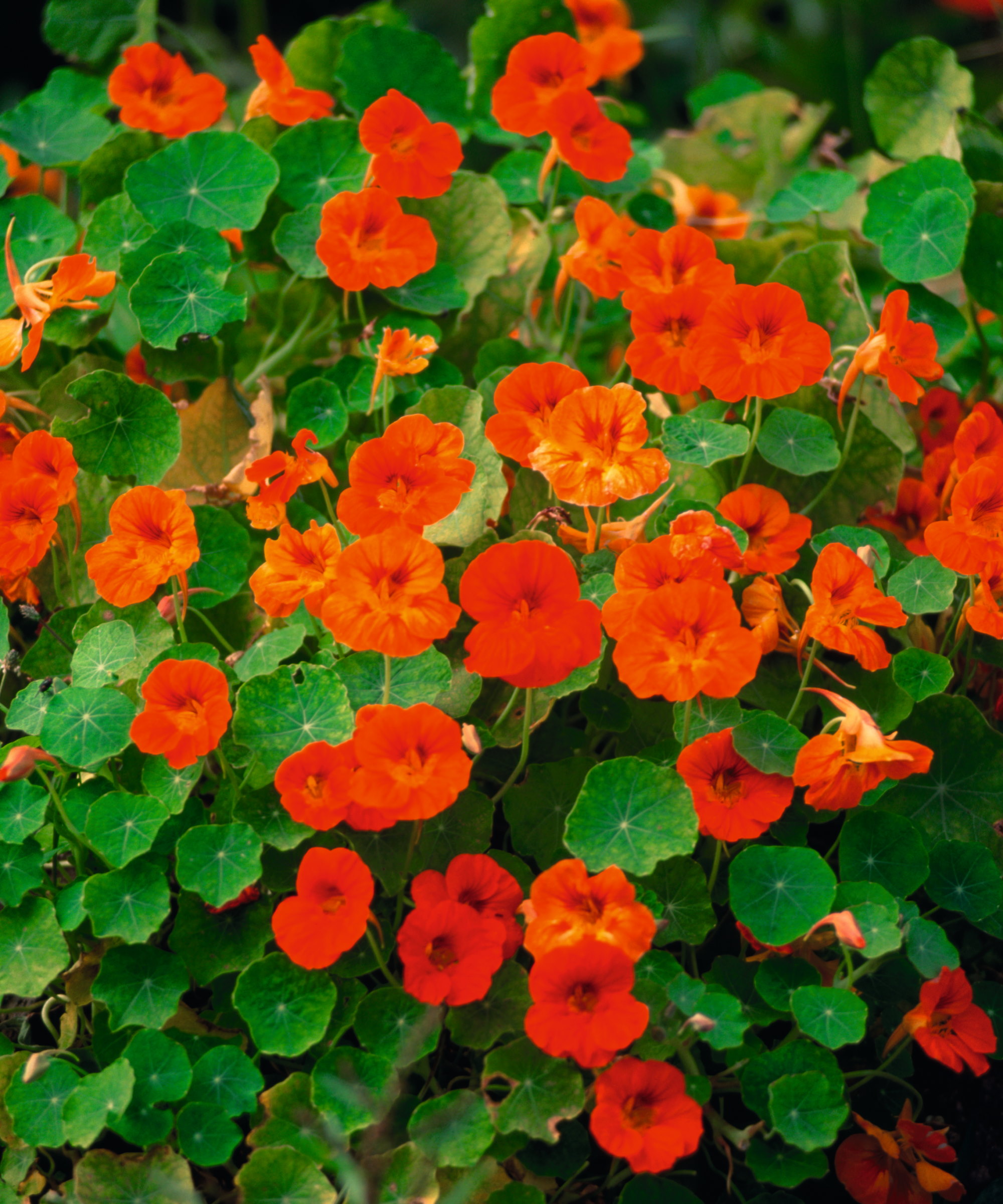
If you are a beginner gardener, learning how to grow nasturtium is a sensible idea. This easy-to-grow annual vine is one of the most straightforward – and delicious – plants to add to pots or borders.
While you can buy nasturtium plants from stores during spring, they are so easy to grow from seed, so it is far preferable to sow in situ in April or May.
For an unusual crimson variety, try growing Nasturtium 'Troika Red', with fast-growing seeds available to order from Burpee.
Wait until the risk of frost has passed when the soil temperature is above 55° (12°C), and sow your seeds in a sunny spot. Don't worry about soil quality, they will even do well in free-draining, poor soil, and there is no need to use fertilizer.
Provide a structure, such as a trellis or bamboo canes, for your plants to climb up. And come summer, you can add some of the edible flowers to colorful salad dishes, perfect for impressing friends and family.
5. Morning glory
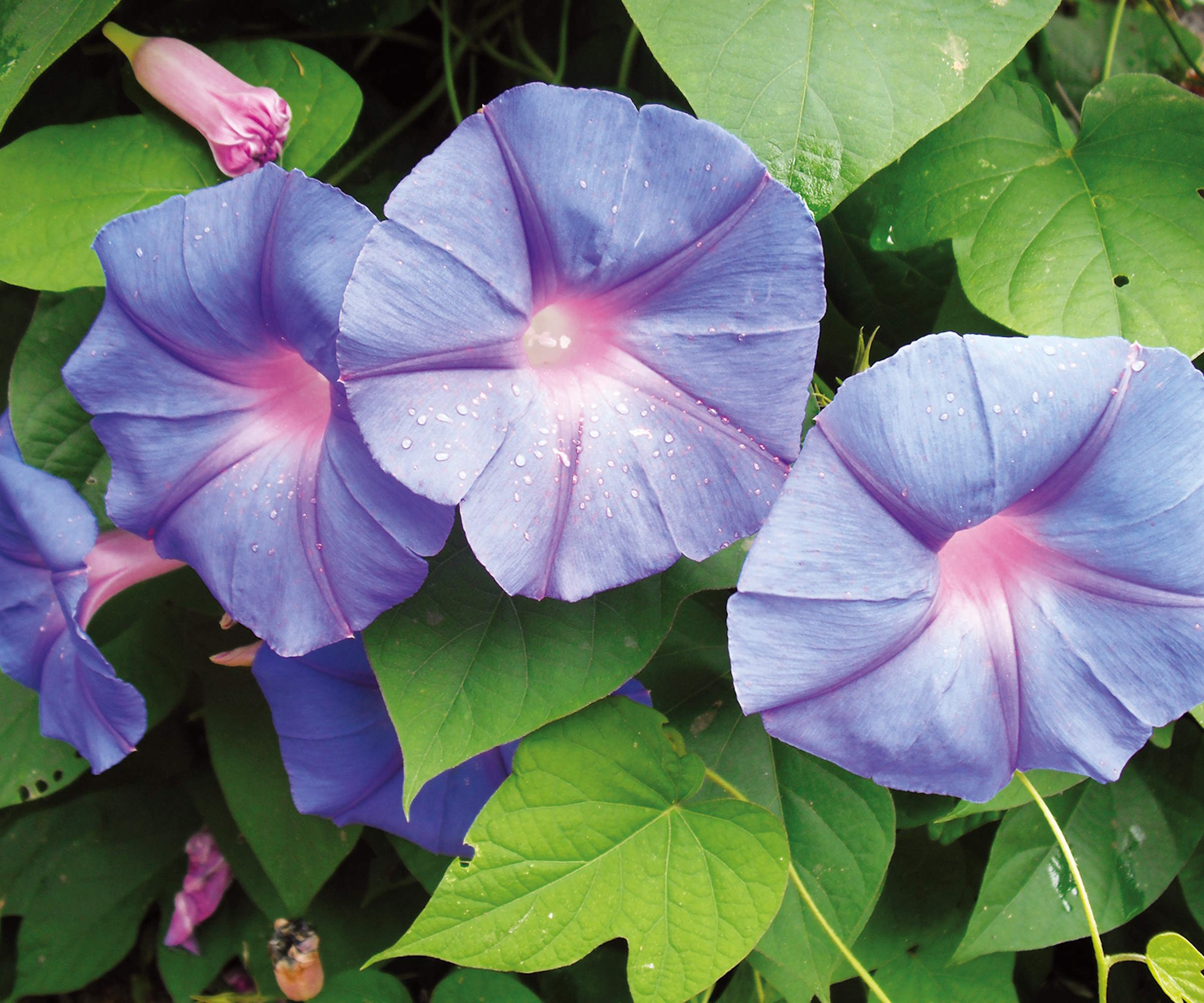
Morning glories are vines that can produce significant growth in a short amount of time, typically growing anywhere from four to ten feet in a single season.
The Mexican morning glory, or Ipomoea tricolor, produces brilliant blue flowers that are always a joy to see. As with most varieties, they prefer full sun but can be grown in part shade too, ideally with fertile, well-draining soil.
In terms of learning how to grow morning glory from seed, this can be done indoors four or so weeks before your last frost, or wait until April or May and sow directly outdoors.
While they rarely become invasive, morning glories can self-seed. In the right conditions, you might find hundreds of seedlings germinating, although these won't tend to survive the winter in cooler regions.
Morning glory seeds are available to order from Amazon.
FAQs
Is wisteria easy to grow?
Yes, wisteria plants are easy to grow, so long as you select the right plant for your plot. The native American wisteria, Wisteria frutescens, is one of the hardiest options, and can be grown down to zone 5 in sunny yards. The challenge with wisteria climbers is that they require regular pruning, done in the right way and at the right time. Failing to do this can result in poor flowering. American wisteria live vines are available from Amazon.
Not only will climbers look good in your yard, but they will also provide shade and shelter for insects and small animals during the warm summer months.
Flowering vines will also provide plenty of nectar for hungry birds, bees and butterflies, and who wouldn't want to invite wildlife into their plot for the growing season?
For more wildlife inspiration, see our guide on the best perennials to attract hummingbirds, including some low-maintenance options that are perfect for underplanting your climbing plants that thrive on neglect.
Shop climbing plant accessories

Thomas is a Content Editor within the Gardens Team at Homes and Gardens. He has worked as a professional gardener for both public spaces and private estates, specializing in productive gardening, growing food and flowers. Trained in Horticulture at the Garden Museum, he has written on gardening and garden history for various publications, including The English Garden, Gardens Illustrated, Hortus, The London Gardener and Bloom. He has co-authored a Lonely Planet travel book, The Tree Atlas, due out in 2024.
